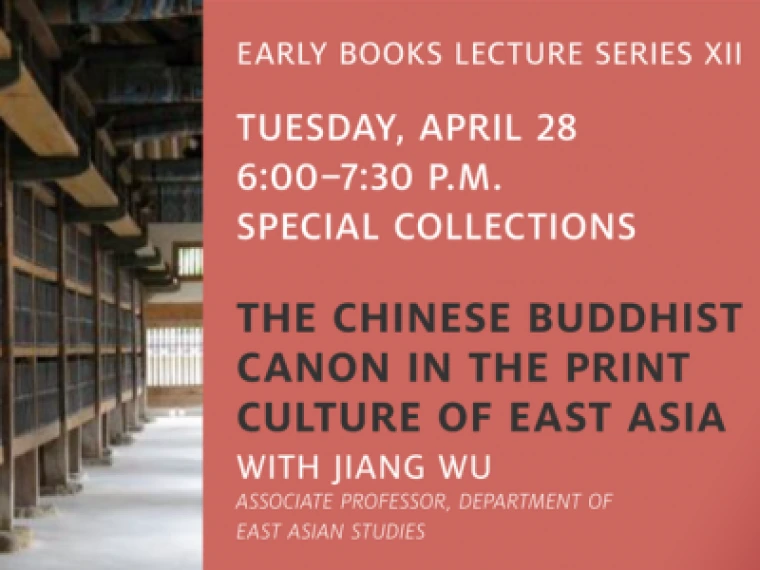The Chinese Buddhist canon is an organized collection of Buddhist texts translated or written in Chinese. Its main content centers on translated Buddhist works from Indian and Central Asian regions and is supplemented with Buddhist and related texts written in Chinese. The formation of the Chinese Buddhist canon can be traced back to the later half of the sixth century when a great number of translations of Buddhist texts necessitated a process to catalogue and classify these texts. The Chinese Buddhist canon exists in three forms: manuscript editions, the stone canon, and the printed editions which were developed in the tenth century and dominated East Asia until the advent of the Western printing technology in the late nineteenth century. Dr. Jiang Wu’s talk will focus on the printed editions of the canon and examine their role in the print culture of East Asia.


